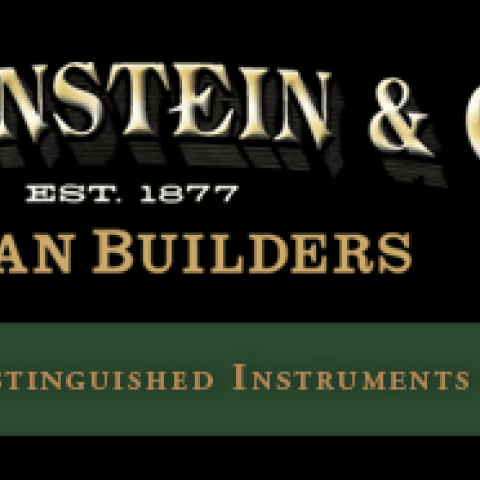
Schoenstein & Co. has made an educational video on symphonic organ design available on YouTube. Using the 15-stop, 17-rank Schoenstein organ at Christ & St. Stephen’s Church in New York City, Jack Bethards, president of Schoenstein, explains in detail the tonal characteristics of each stop. Nigel Potts, recent organist and choirmaster of the church, plays short examples from the organ and transcription repertoire. The video demonstrates how the stops fit into tonal families and then combine to create a symphonic color palette. The Double Expression system is illustrated along with other organ design principles that can make a small instrument sound like a much larger one. This video will be of value to anyone interested in organ registration, composition, or tonal design.
https://www.youtube.com/watch?v=qhLbcKeVQK8



